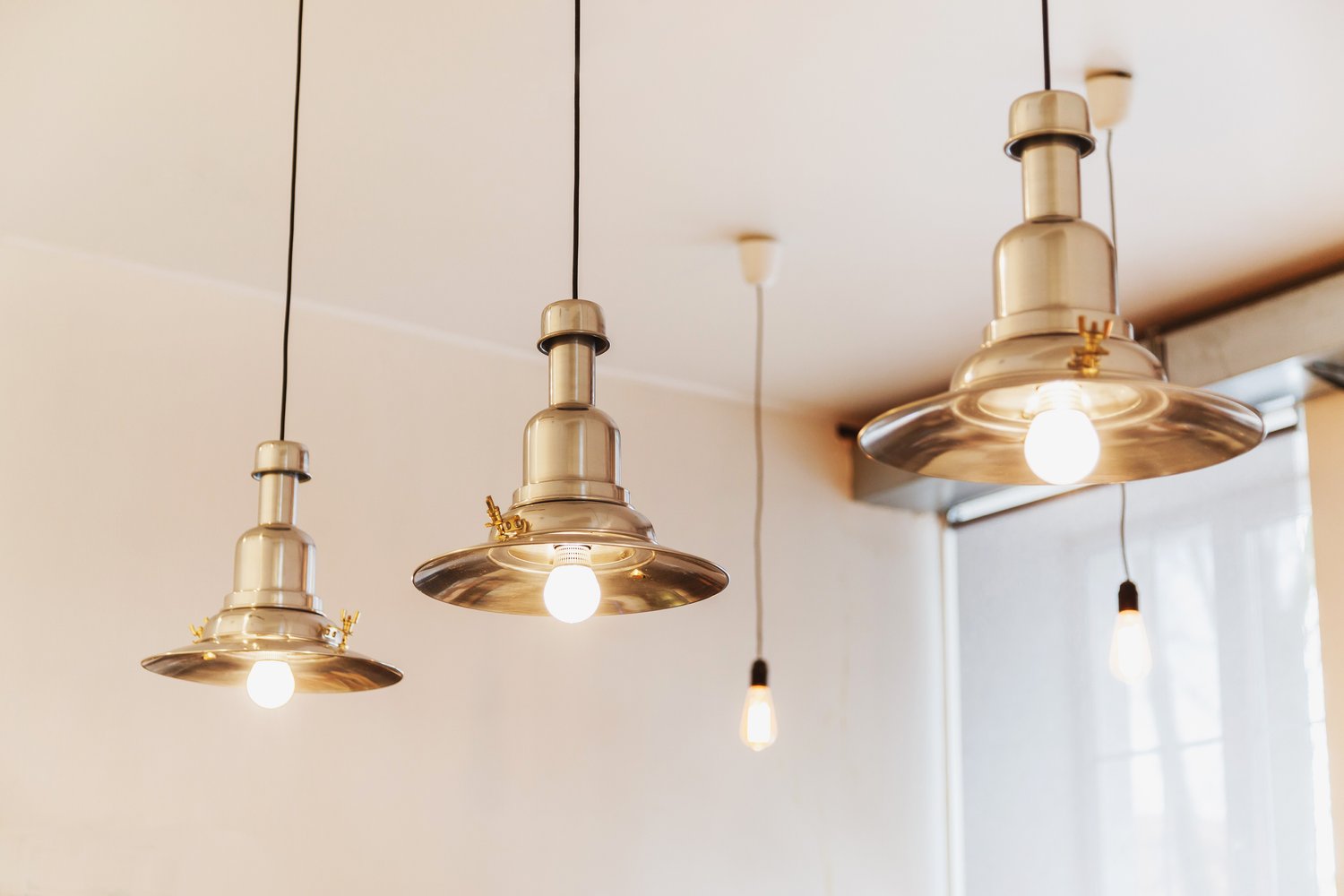Lighting is one of the most crucial yet often overlooked elements of home design that significantly impacts both the functionality and ambiance of your living spaces. The right lighting fixtures can transform a room from merely adequate to truly exceptional, enhancing both its utility and aesthetic appeal. In this comprehensive home lighting guide, we’ll explore how to choose lighting fixtures that perfectly balance functionality and style for each room in your home. From task-oriented kitchen lighting to atmospheric bedroom fixtures, we’ll cover everything you need to know to illuminate your space effectively.
Understanding the Basics of Home Lighting
Before diving into specific rooms, it’s important to understand the three fundamental types of lighting that create a well-balanced lighting scheme. Ambient lighting provides overall illumination for a room, making it comfortable and safe to move around. Task lighting focuses on specific areas where activities like reading, cooking, or working take place. Accent lighting adds drama and visual interest by highlighting architectural features or decorative objects. The best lights for rooms typically incorporate all three types in varying degrees, depending on the room’s purpose and layout.
When you begin to choose lighting fixtures for your home, consider both the practical requirements of each space and how lighting can enhance the room’s aesthetic. Think about ceiling height, room size, existing decor style, and the daily activities that take place in each area. Remember that lighting fixtures themselves are decorative elements that contribute to your home’s overall design story, so select pieces that complement your personal style while fulfilling their functional purpose.
Kitchen Lighting: Blending Function with Style
The kitchen demands some of the most thoughtful lighting planning in the home. As a workspace where precision tasks are performed, functional stylish lighting is essential. Start with recessed ceiling lights or track lighting to provide even, shadow-free ambient illumination. Then add pendant lights over islands or dining areas to create both task lighting and visual focal points. Under-cabinet lighting is incredibly practical for illuminating countertop workspaces while eliminating shadows cast by upper cabinets.
For kitchen lighting fixtures, consider materials that can withstand moisture and are easy to clean. Glass, metal, and certain ceramics make excellent choices. In terms of style, pendants offer an opportunity to introduce personality—from industrial-inspired metal fixtures to elegant glass globes. When selecting pendant heights, ensure they’re high enough to allow for unobstructed views across the kitchen but low enough to provide effective task lighting. As kitchens often flow into other living spaces, coordinate your lighting choices with adjacent rooms for a cohesive look throughout your home, as recommended by lighting experts at AskHomey.
Bathroom Lighting: Practical Considerations
Bathroom lighting presents unique challenges due to moisture concerns and the need for accurate task lighting. When you choose lighting fixtures for bathrooms, look for those rated for damp or wet locations. For the most flattering and functional lighting around mirrors, install sconces on either side rather than relying solely on overhead lighting, which can cast unflattering shadows. This arrangement provides even illumination for grooming tasks.
For ambient bathroom lighting, recessed fixtures with proper trim for damp locations work well. If your bathroom has a tub or shower area separate from the vanity, consider dedicated lighting for these zones as well. Dimmer switches are particularly valuable in bathrooms, allowing bright light for morning routines and softer illumination for relaxing evening baths. In terms of style, contemporary bathrooms often feature clean lines and chrome or brushed nickel fixtures, while traditional spaces might incorporate warmer finishes and more ornate designs.
Living Room Lighting: Creating Atmosphere
Living rooms serve multiple purposes, from entertaining guests to quiet evenings of reading or watching television. The best lights for living rooms offer flexibility through layered lighting. Table lamps provide localized light for reading corners, while floor lamps can direct light upward for a softer ambient effect. Wall sconces add mid-level lighting that creates a welcoming atmosphere while eliminating harsh shadows.
Consider installing a statement chandelier or pendant in living rooms with high ceilings to anchor the space visually and provide ambient light. Track lighting offers versatility for highlighting artwork or architectural features. When selecting fixtures, consider the scale relative to your furniture and room size—oversized pendants make dramatic statements in larger rooms but can overwhelm smaller spaces. Incorporate dimmers for all living room lighting to easily transition from bright illumination for gatherings to softer lighting for relaxation.
Bedroom Lighting: Balancing Relaxation and Functionality
Bedroom lighting should promote relaxation while still offering adequate illumination for practical tasks. A central fixture provides ambient light, but avoid placing it directly over the bed where it might cause glare. Instead, position it toward the room’s center or entry area. Bedside lamps or wall-mounted reading lights are essential for reading in bed without disturbing your partner.
When planning your home lighting guide for bedrooms, remember that soft, warm light promotes restfulness. Consider installing separate switches or dimmers for different light sources to create various moods. Closet lighting merits special attention—install lighting inside closets to help with outfit selection and organization. For children’s bedrooms, incorporate lighting that can grow with them, transitioning from nightlights for young children to desk lamps for older students.
For more tips and to connect with reliable home service professionals, follow AskHomey on Facebook and Instagram.



